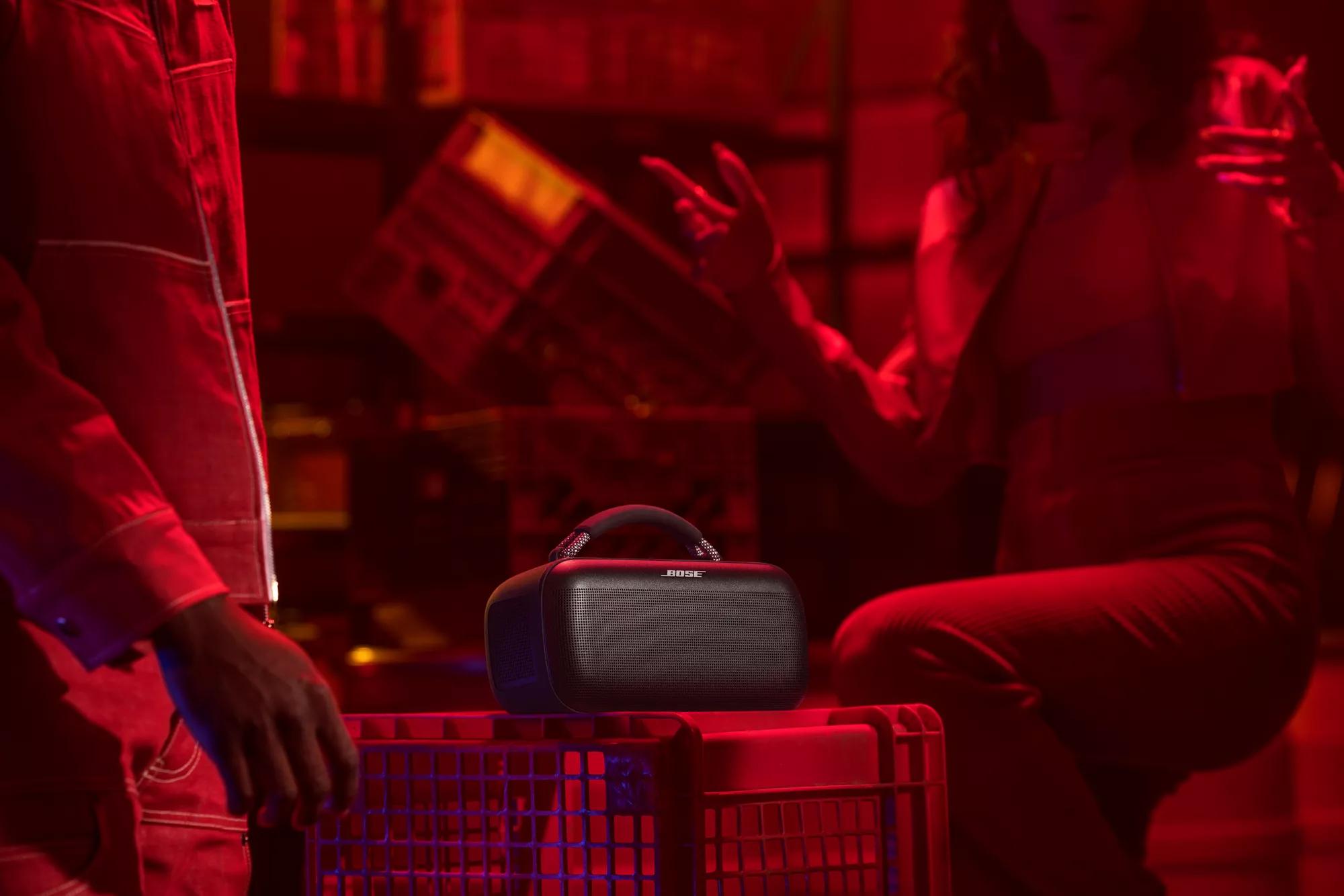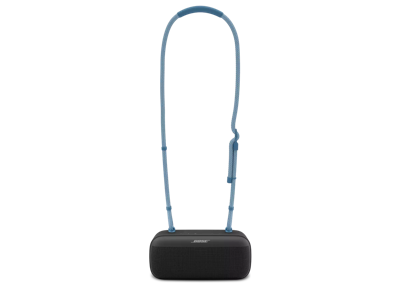Classic boomboxes featured two large speakers for stereo sound, on either side of the central radio and cassette players. These speakers were designed to be loud, driven by a built-in amplifier. So how does a speaker work in a boombox? In simple terms, the larger the speaker size and deeper the boombox enclosure, the more powerful the bass response. The bass is part of what made boomboxes so important to the hip-hop community. For the first time, multiple people could actually feel the vibe of a song.
Some boomboxes had two- or three-way speakers, adding more clarity to mid and high frequencies, and some had detachable speakers for more flexibility in projecting their sound. Higher-end models featured multiband graphic equalizers in addition to tone knobs for bass, mid, and treble.
The inclusion of AM and FM radio and tape deck enabled people to record the hits of the day from local radio stations right to their own cassette tapes. This birthed the mixtape, a popular way for people to collate playlists of their favorite songs to share with their friends, keep a party pumping, or entertain a crowd.
Many boomboxes included two cassette decks side by side, which meant you could create a mixtape and then dub a copy to another tape. You could also record and duplicate your own music, a massive contribution to underground music culture and music sharing.
Later, boomboxes came with a CD player, and MP3 players were also incorporated in the ‘90s, along with the usual AM/FM radio and tape deck. While tape and CD technology is now outdated and has been replaced by streaming, many people still enjoy the retro nature of the boombox, and these physical audio formats still spark interest, much like vinyl records do.







